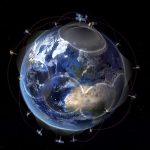← Back
Argos metamorphosis update: not one but two Argos-4 instruments to be launched in the coming weeks!
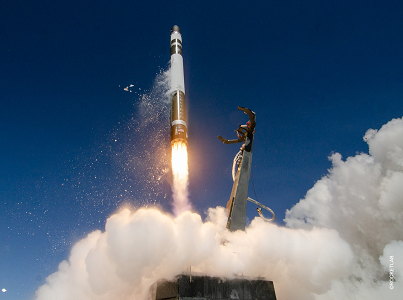
We are just few weeks away from the planned launches of two Argos-4 payloads, an advanced satellite instrument that will track the movement of wildlife, as well as critical environmental data around the world.
Argos-4 will ensure the continuity of the Argos-2 & Argos-3 missions while also significantly improving the telecommunication system’s capacities. A first step before the launch of 25 nanosatellites in 2023, by Kinéis, a company created by CLS in 2018.
The continuous development of Argos instruments and future satellite launches guarantee users a robust and reliable satellite link and coverage. Argos has always responded to the needs of the world’s scientific communities, providing them with a tool to enhance their understanding of our environment and helps industries and administrations comply with environmental protection regulations.
Argos, an international cooperation
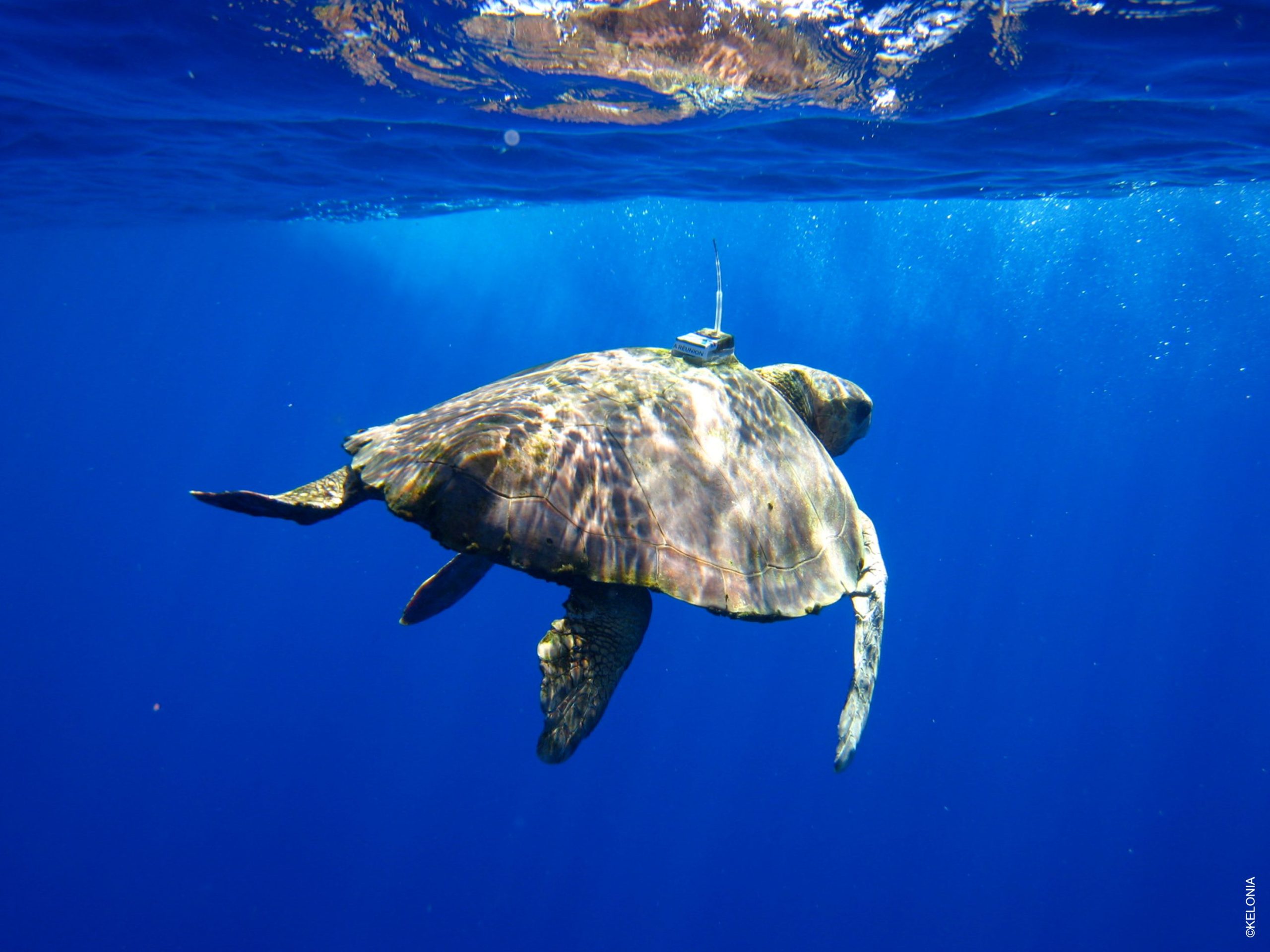
Turtle with Argos beacon
With technology constantly evolving, argos founding members CNES and NOAA decided to design and develop the Argos-4 mission to upgrade the system.
The first Argos-4 payload will be launched October 5th, 2022, aboard General Atomics’ GAzelle satellite. The second one, will follow a few weeks later aboard the Indian Space Research Organization’s (ISRO) Oceansat-3 satellite.
An enhanced system
Argos-4 will provide continuity of the Argos system and improve its capacity. Scott Rogerson, NOAA’s Argos DCS program manager states, “Argos-4 is built to be more intelligent than the previous versions so the quality of the data will improve”.
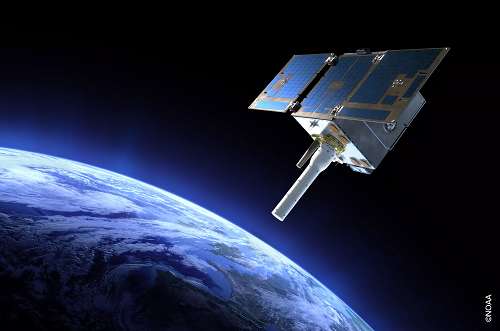
Argos 4 General Atomics
Sophie Coutin-Faye, head of the Argos project office at CNES adds, “Thanks to the historical partnership with NOAA, this new program will bring the current Argos constellation to eight polar-orbiting satellites. This new Argos-4 system is very promising. For example, it will be able to monitor large migrations of birds or various animal species thanks to its ability to capture very low signals from miniaturized beacons.”
Discover wildlife Monitoring with Argos
 Argos-4 HoPS on GAzelle
Argos-4 HoPS on GAzelle
NOAA is preparing for the launch of its latest contribution to the Argos worldwide Data Collection System, the Argos-4 instrument, hosted aboard General Atomics’ GAzelle satellite. Under a joint agreement between NOAA and the French Space Agency, Centre National d’Etudes Spatiales (CNES), Argos-4 will fly on a polar orbiting satellite that is scheduled to launch on the 5th of October 2022.
One of the founding members of Argos, the National Oceanic and Atmospheric Administration (NOAA) is a scientific agency within the United States Department of Commerce focused on the conditions of the oceans and the atmosphere. NOAA warns of dangerous weather, charts seas and skies, guides the use and protection of ocean and coastal resources, and conducts research to improve understanding and stewardship of the environment.
More on the Argos-4 HoPS launch
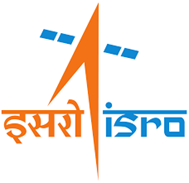 Oceansat-3
Oceansat-3
The Indian Space Research Organisation (ISRO) is the primary space agency of India and one of the largest government space agencies in the world. Its primary objective is to advance space technology and use its applications for national benefit.
ISRO joined the Argos program back in 2007 and the SARAL Satellite is a joint Indo-French satellite mission for oceanographic studies and is currently in orbit, with ARGOS and ALTIKA. SARAL also performs altimetric measurements designed to study ocean circulation and sea surface elevation.
Oceansat-3 is part of ISRO’s Oceansat program and is planned to be launched early November 2022 from Sriharikota, Republic of India. Its main purpose is ocean observation which includes gathering ocean color data, sea surface temperature measurements and wind vector data.
What do I need to do in terms of data processing?
Please ensure that your operational post processing tools are compatible with 2 new Satellite code “CS” and “O3” that will be present in the data from CLS distribution services (ArgosWeb, Webservices).
Please also note that Orbital parameters (for pass prediction) needed in some cases prior to transmitters deployment will also be available for download on ArgosWeb and webservices with same code.
Here is a reminder of the full list of operational satellites and their abbreviations:
O3 (OCEANSAT-3) <- new |
SR (SARAL) |
CS (CS-HOPS) <- new |
NP (NOAA-19) |
A1 (ANGELS) |
NN (NOAA-18) |
MC (METOP-C) |
NK (NOAA-15) |
MB (METOP-B) |

